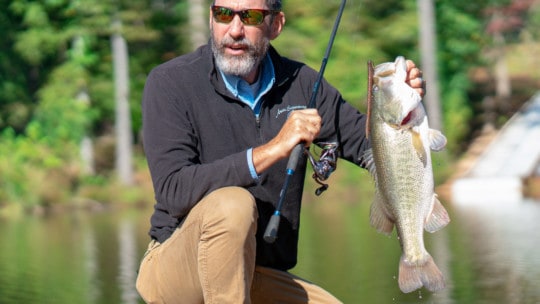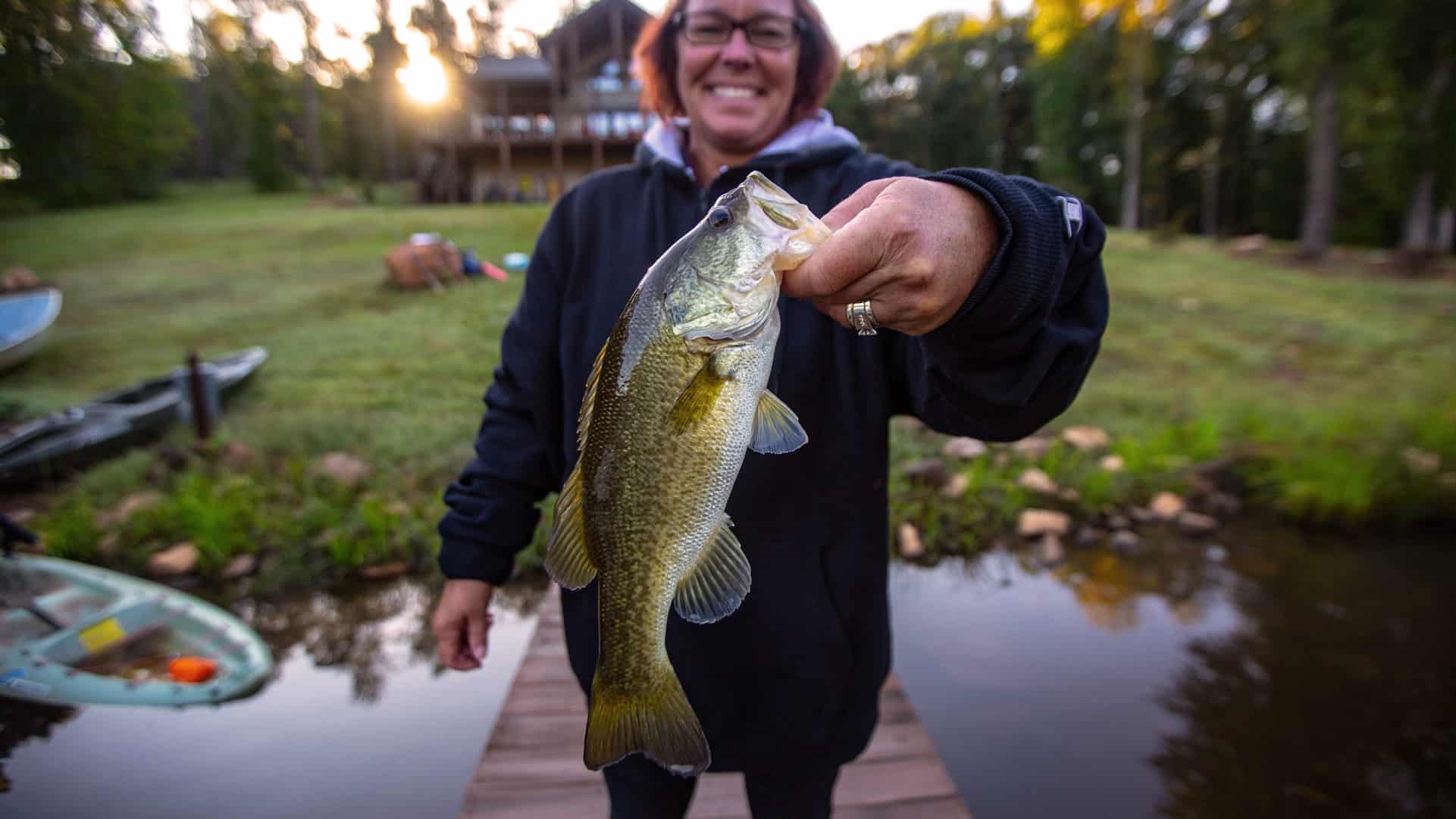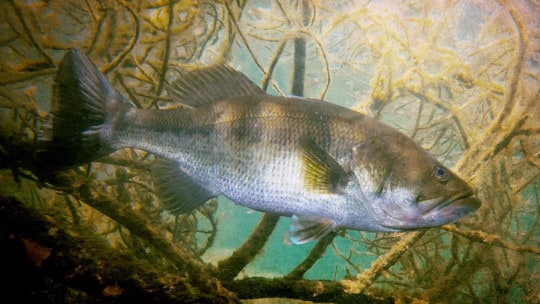
Fish Harvesting Strategies for a Healthy Pond
Are you an angler who dreams of catching a personal-best bass from your own personal pond? If so, you’ll need to start by creating a healthy pond environment to make those lunker dreams come true. With this in mind, fisheries biologist and Purina AquaMax ambassador Greg Grimes shares the pond management strategies he uses to grow trophy bass. In this Living Rural episode, Greg discusses the role factors like harvesting largemouth bass, bass-per-acre ratio, stunted bass, and relative weight index play in creating world-class fisheries.
Harvesting Largemouth Bass
After thousands of client pond projects, Greg’s concluded most folks have no idea how many bass should be harvested in order to grow the trophy bass they’re after. While it’s great to have a habitat that supports plenty of bass, this could also lead to a bass-crowded environment. In order to sustain really good growth, you’ll need to reverse what biologists call stacking. Stacking occurs when a lack of bass predators leads to an overabundant bass population, which, in turn, leads to stunted bass growth. To mitigate this, Greg suggests simply wetting a line to keep your bass numbers in check.
Healthy Pond Bass-per-Acre Ratio
Greg uses a 20 pounds of bass-per-acre ratio when calculating the number of largemouth his clients should harvest. Ponds holding 40 to 50 pounds of bass per acre are clearly bass crowded, at which points Greg suggests calling friends over to minimize those numbers. While harvesting that many bass be a lot of work, it’s why you stocked your pond in the first place, right?
Stunted Bass
Stunted bass are usually skinnier, Greg says, and are the ones you’ll want to harvest. They don’t have what he calls “shoulders,” and won’t develop the girth your pond’s healthier bass might.
Relative Weight Index
Greg determines the health of a pond’s bass population based on its relative weight index. Similar to a human’s body mass index, it’s a quantifiable measurement of a bass’ length-to-weight relationship. To illustrate, a 12 ½-inch bass should weigh one pound. If it weighs 3/4 of a pound (12 ounces), this 75% relative weight reflects that it’s a skinny fish. Greg shoots for a 100%-120% relative weight as part of his trophy-bass management program.
Harvesting Other Species for a Healthy Pond
Your pond might not be yielding a trophy-bass population because of its catfish or crappie numbers, too. Four- to five-pound channel catfish have the same mouth size as a 12-inch bass, which means they’ll be competing for the same prey. If you live further north, pike or muskie are predator fish Greg recommends removing, as well. Finally, he advises against harvesting bluegill, as they’re great meals for spawning bass.
By following Greg’s management strategies, your “so-so” pond will be on its way to becoming the big-bass haven you’ve always dreamed of.





